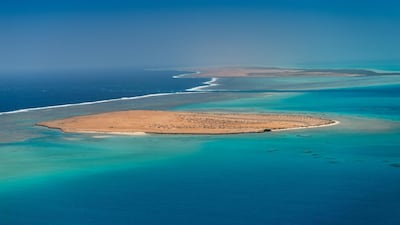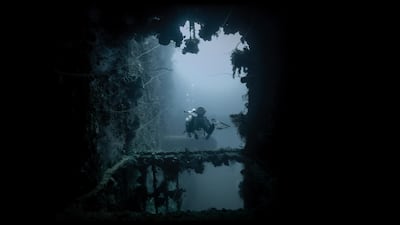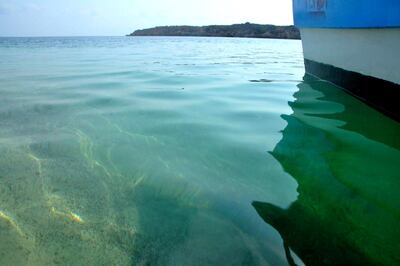The Saudi Minister of Culture has announced an initiative designed to protect the cultural heritage submerged in the waters of the Red Sea and the Arabian Gulf.
An international centre will be set up in Saudi Arabia as part of the kingdom’s effort to preserve and protect its natural heritage. Prince Badr bin Abdullah bin Farhan made the announcement during a virtual meeting of G20 culture ministers, hosted in Riyadh.
The centre will oversee projects for managing, restoring and protecting underwater cultural heritage in Saudi Arabia.
According to a tweet by the ministry of culture, the centre will focus on developing the kingdom’s submerged cultural heritage in accordance with best global practices. It will also support scientific research to uncover more underwater heritage sites in the Red Sea and the Arabian Gulf.
What is underwater cultural heritage?
Unesco defines cultural heritage as monuments, places and sites with "outstanding universal value from the point of view of history, art or science" and from an "aesthetic, ethnological or anthropological point of view".
The volume of artefacts beneath the waves means that the ocean can essentially be thought of as the biggest museum in the world. Below the surface of the world's waters lie countless heritage sites.
These traces of human existence have a cultural or historical character and encompass everything from shipwrecks such as the Titanic and Belitung to submerged cities and ruins such as the remains of the Pharaohs of Alexandria in Egypt.
Preserving these cultural places in their underwater homes helps to provide testimony to times gone by.
Secrets of Saudi Arabia’s underwater heritage
According to Unesco, research into the Gulf region's underwater archaeological landscape is still developing, and has immense potential.
Saudi Arabia's lengthy Red Sea shoreline is home to several abandoned villages where people used to live as close to the water – their main source of food – as possible. Current sea levels were only established about 6,000 years ago, meaning that a large majority of humanity's development in this region took place in areas that are now submerged. It's likely that a large number of artefacts could be uncovered in these regions.
The kingdom’s location also means that it has been witness to cultural exchange between continents. In 2018, researchers began investigating an area that was formerly an ancient Silk road port. Al Serrian was formerly a gateway for Hajj pilgrims to Mecca and ancient travelogues show that it was once a busy port with mosques, markets and residential areas. Specialist teams are now working to survey the submerged ruins of the port in the water adjacent to this archeological site.
Saudi Arabia's Farasan Islands, a Unesco protected site, includes a number of natural and cultural heritage sites and the country has countless more islands where the secrets beneath the waves have yet to be revealed.




